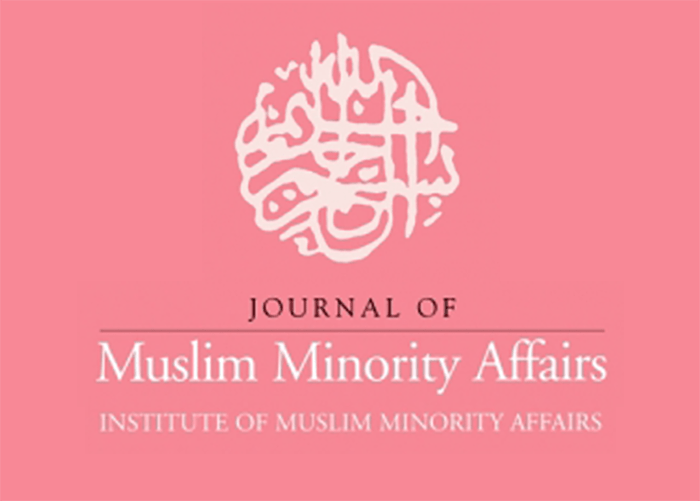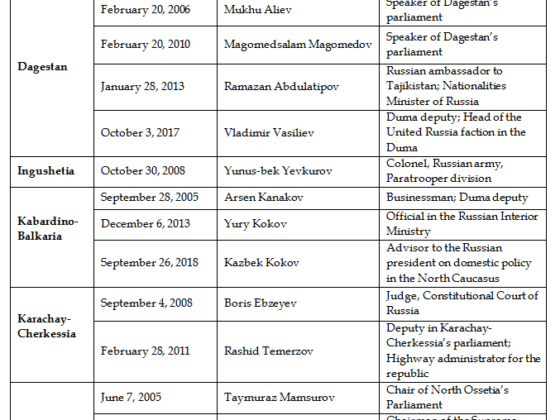(Journal of Muslim Minority Affairs) (Co-authored with Alexandra Yatsyk) This article discusses how the discursively and culturally constructed “Russian world” intersects and communicates with the “Turkic world” as an adjacent—and in some respects alternative—civilisational construct. The object of our analysis is the Russian world in situations of multiple encounters with Turkic world in regions that might be termed cultural crossroads. The research is based on two cases of Tatarstan and Adjara, regions possessing a certain degree of administrative autonomy (that is evidently always a matter of bargaining with the centres, Moscow and Tbilisi correspondingly) and cultural authenticity. Both regions can be discussed as hybrid meeting points of different narratives, imageries and representations rooted in the overlapping and competing concepts of Russian and Turkic worlds. The two cases can be compared to each other, firstly, due to their close associations with the multiple spaces of the Russian world. Tatarstan is a republic within Russia with an almost equal balance of ethnic Russians and Tatars, while Adjara contacts the Russian world mostly through Russian mass culture, tourism, and the religion promoted by the Russian Orthodox Church (ROC) and venerated by its Georgian counter-part. Secondly, both regions are homes to sizeable Muslim communities that to a significant extent are sensitive to (though not necessarily shared completely) ideas of pan-Turkic identity and solidarity.
Read More © Journal of Muslim Minority Affairs











